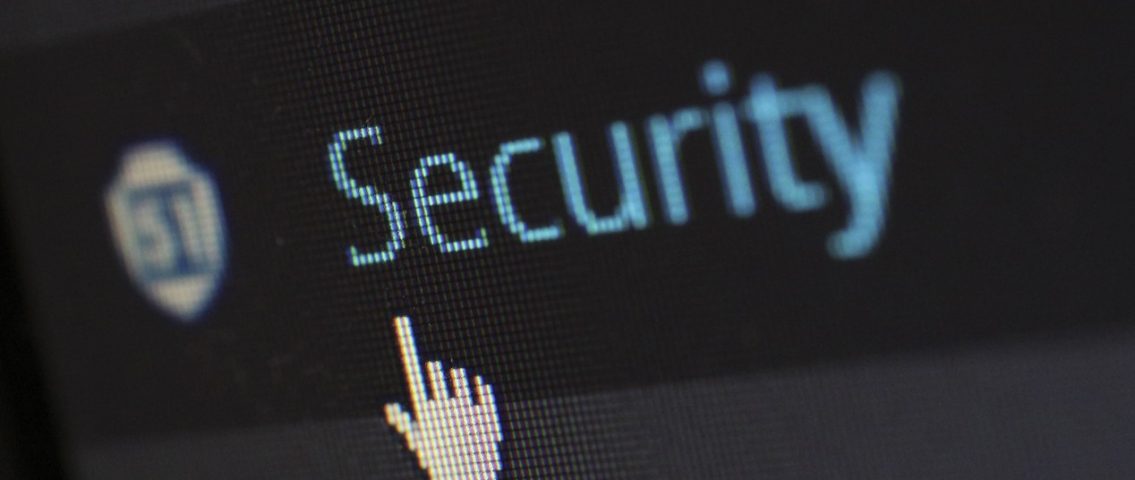6 Best SaaS Security Practices to Master Cloud Security

Audio : Listen to This Blog.
In today’s digital age, cloud security is paramount as businesses increasingly rely on cloud services for their operations. Software as a Service (SaaS) plays a critical role in this landscape, offering flexible and scalable solutions to meet diverse business needs. However, with great power comes great responsibility, and securing these SaaS applications is essential to protect sensitive data and ensure business continuity.
In this blog, we’ll provide actionable SaaS security practices to help you master cloud security and safeguard your organization’s digital assets.
6 Best SaaS Security Practices
Here are seven best practices enterprise can implement to secure their cloud infrastructure landscape.
1. Implement Strong Access Controls
Access controls are critical for protecting your cloud environment by ensuring that only authorized users can access specific resources. This reduces the risk of unauthorized access, data breaches, and potential misuse of sensitive information.
Best practices for setting up access controls
- Use of multi-factor authentication (MFA)
- Role-based access control (RBAC)
- Regular review and update of access permissions
2. Ensure Data Encryption
Data encryption is essential in SaaS applications to protect sensitive information from unauthorized access and breaches, both in transit and at rest. It ensures that data is unreadable to anyone without the proper decryption keys.
Best practices for data encryption
- Encrypt data at rest and in transit
- Use strong encryption algorithms (e.g., AES-256)
- Implement end-to-end encryption
- Regularly update and manage encryption keys
- Ensure compliance with relevant encryption standards and regulations
3. Regular Security Audits and Assessments
Regular security audits are crucial for maintaining a robust security posture. These audits help identify vulnerabilities, ensure compliance with security policies, and proactively address potential security threats. By consistently evaluating your security measures, you can prevent security lapses and maintain the integrity of your SaaS applications.
Best practices for security audits and assessments
- Conduct periodic vulnerability scans
- Perform penetration testing
- Review access logs and security policies regularly
- Engage third-party auditors for unbiased assessments
4. Secure APIs
APIs are the backbone of SaaS applications, enabling integration and functionality. However, if not properly secured, APIs can be a significant security risk, leading to data breaches and unauthorized access. Ensuring the security of APIs is vital for protecting your application and user data.
Best practices for securing APIs
- Implement rate limiting
- Use API gateways
- Enforce strong authentication and authorization
- Monitor and log API activity
- Regularly update and patch API components
5. Implement a Strong Incident Response Plan
Having a robust incident response plan is essential for quickly and effectively addressing security breaches. This plan outlines the steps to take in the event of an incident, helping to minimize damage, recover operations swiftly, and improve future responses. A well-prepared incident response plan is a critical component of any comprehensive security strategy.
Best practices to implement a strong incident response plan
- Develop and document an incident response policy
- Establish a dedicated incident response team
- Conduct regular training and simulations
- Define clear communication protocols
- Continuously review and update the response plan
6. Stay Updated with Security Patches and Updates
Regular updates and patches are vital for protecting your SaaS applications from known vulnerabilities. Keeping your software up-to-date ensures that you are protected against the latest threats and enhances the overall security of your system. Neglecting updates can leave your applications susceptible to attacks and compromise your data integrity.
Best practices for staying updated with security patches and updates
- Enable automatic updates where possible
- Regularly check for and apply patches
- Maintain an inventory of software and versions
- Test patches in a staging environment before deployment
- Monitor vendor security advisories and alerts
Conclusion
For comprehensive cloud security solutions, connect with MSys. Our expert team will help you implement best practices such as strong access controls, data encryption, regular security audits, and secure API management. We ensure your SaaS applications are protected and your digital assets remain secure. Trust MSys to provide the expertise and support you need to maintain a robust and secure cloud environment.
